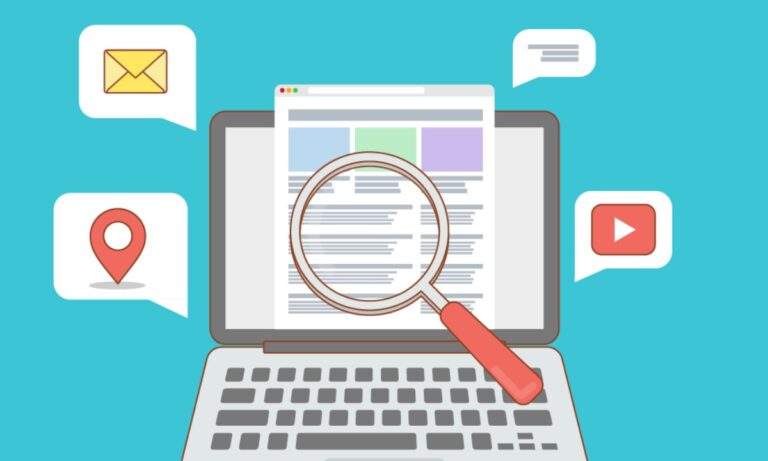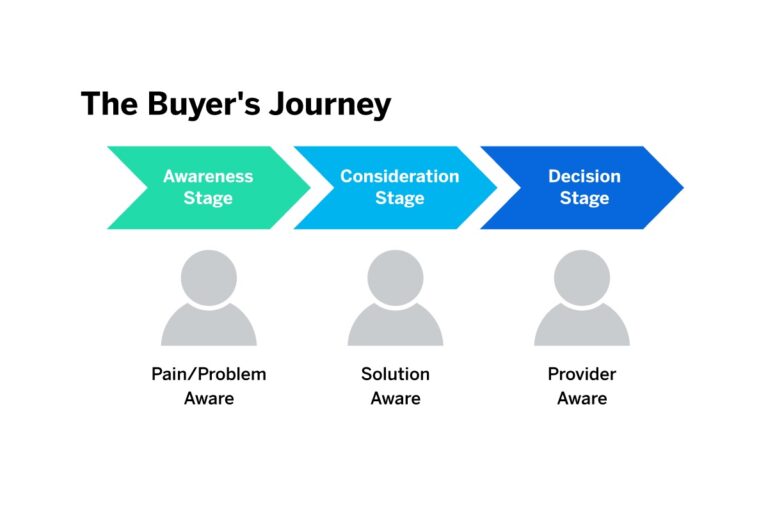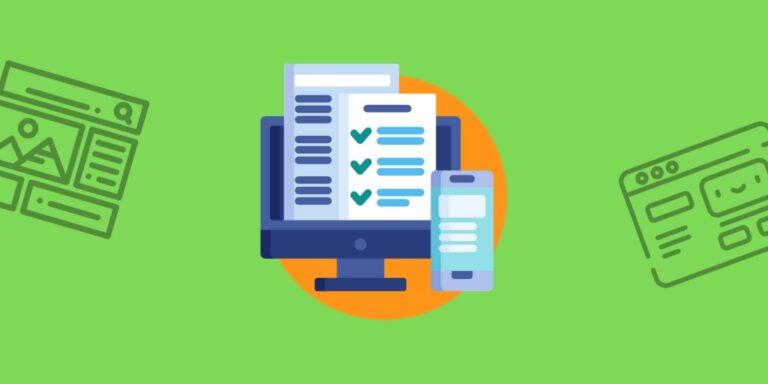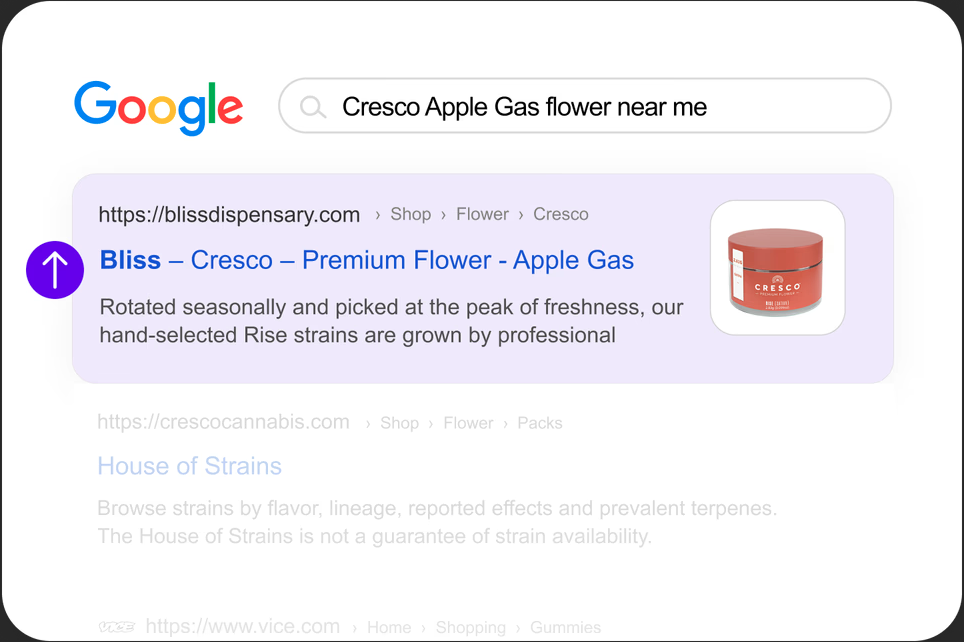During your journey of content creation, you will come across inevitable gaps from time to time. Let’s not forget how fast things evolve in our world today. Regardless of how great your content looks, chances are, it will not always perform well. Why? Because algorithms change, keywords that worked yesterday may not work today, information gets outdated, and your customers may have different needs.
Content gaps don’t necessarily emerge because you are doing something wrong. Most of the time, you quite simply have no control over them. However, to stay ahead of the curve and continue maintaining your website’s traffic, it is critical to spot and mend content gaps each time they arise.
Why is it so important to address this issue, you ask? Simply put, if your customers fail to find what they need on your website, they will naturally knock on your competitor’s door. Here, we understand what content gaps are, the steps you can take to analyze your site’s content gaps, and how addressing these gaps can help your dispensary improve its SEO efforts.
What is a Content Gap Analysis?
Content gap analysis is the process of finding certain cracks in your current content that may end up jeopardizing your SEO efforts. This process involves finding missing pieces that are often critical to transform your target audience into long-term customers. By addressing these gaps, your website can be better equipped to guide searchers toward making a purchase.
One of the main advantages of content gap analysis is to spot new keyword opportunities that can help you make the most of your existing and upcoming content. Content gap analysis involves analyzing areas including your landing pages, web pages, blog articles, social media content, eBooks, downloadable, and other content assets.

Why Should You Conduct a Content Gap Analysis?
Analyzing your existing content demands time and effort. Here are three reasons the process is worth it:
- Helps target new customer bases. Through content gap analysis, you can find areas that require the type and volume of work that can help create a positive customer journey.
- Guides your target buyers throughout their customer journey. Aside from retaining your existing customers, your content’s purpose is to attract new ones. By addressing content gaps, you can invite target customers into your sales and marketing funnels, and compel them to join your pipelines.
- Helps you put your best SEO foot forward. Content gap analysis helps spot areas and topics of content you probably haven’t tapped into yet. This then creates an opportunity to improve your SEO scores and rankings.
Steps for Conducting a Content Gap Analysis
Here are five solid steps to conduct a content gap analysis:

Map Out Your Buyer’s Journey
Mapping out your buyer’s journey involves answering the question, “What is the best way to guide my target customers to travel from point A to point Z?”
To go about this process, it’s critical to put yourself into your target audience’s shoes. Have your team write the most important questions your audience may have. Find out which options they might want to consider. Finally, determine what kind of CTAs can push them to purchase your product.
Throughout every stage of this process, you will find opportunities to elevate or create content that paves a smooth path for your buyers. The goal of crafting a compelling buyer’s journey is to provide them with the value they’re looking for and ultimately compel them to invest in the products you have to offer.

Analyze the Current Content on Your Website
As a growing dispensary, you might have a good amount of content published on your website and other platforms. Ask yourself, “How often do I look at my existing content?” “How can I add more value to ensure my journey is a smooth one?” “What gaps can I address to ensure my audience doesn’t abandon their journey?”
Start by focusing on the content on your website. Crawl the website for URLs and find out how they blend with each stage. Determine how to bridge the gaps between different stages to ensure maximum continuity.
Deploy SEO tools to see which keywords your website is successful in ranking for. Search these keywords to find other similar keywords you may not be using with your current content. Optimize your existing content using these keywords to solidify your content funnel and increase your traffic.
Analyze Your Competitors’ Content
The only way to surpass your competition is to first study them. Make a list of top sites that offer similar services in your area and conduct a website competitor analysis.
Deep dive into these websites and understand how your own site measures up. This step can uncover some additional gaps that may directly impact your buyers’ journey. If you notice that your competitor’s funnel is similar to yours, you might want to look at how their content is designed to lead audiences from one stage to another.
While it’s good to study your competition, make sure you don’t copy their strategy. The goal of competitor content analysis is to find holes in your own strategy so you can come up with something that’s better than what your competitors have to offer.
Conduct Keyword Research
SEO content analysis forms a vital part of your overall content gap analysis. Perform comprehensive keyword research to bridge the gap between:
- What the customers tell you
- What the data from search engines show
Remember, every piece of your content must target specific keywords. By conducting keyword research, you can determine which phrases are commonly typed into search engines. Once your keyword list is ready, it’s time to plan your content around related search queries. If you find there isn’t enough content for an important keyword, make sure you create it the first chance you get!
Use a Content Gap Analysis Tool
Let’s face it: analyzing content gaps manually is not a walk in the park. To ensure your efforts bring the best results quickly and efficiently, make sure you deploy a solid content gap analysis tool. A great SEO tool will help you spot gaps in your content by comparing it to that of your competitor. By helping you uncover keywords that your competition is ranking for but you are not, it helps spot new opportunities to add value and relevancy to your content. Advanced content analysis tools also offer insights into keywords and topics you can focus on to boost your visibility and traffic.




